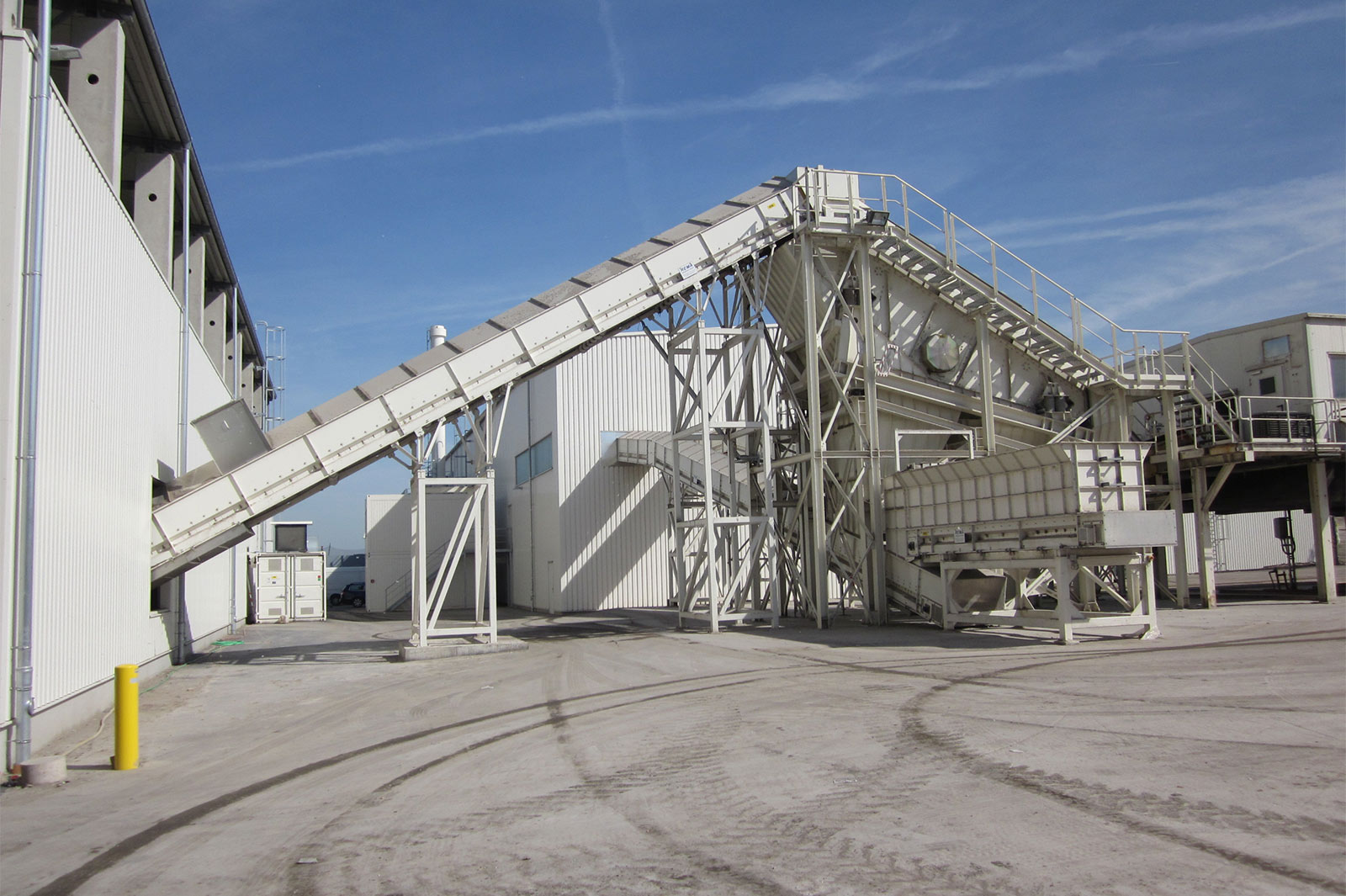
Commercial waste
Diverse production residues – complex treatment processes
The processing of commercial waste is particularly complex. For example, the many different processes in the production facilities produce various types of production residues. At best, these can be fed directly back into the primary raw material cycle. In most cases, however, complex processing is necessary.
Efficient processing plants – thanks to the most precise configuration of aggregates
Commercial waste can be treated directly on site or in a central processing plant. The latter recycles separately collected materials, for example from the recycling bin, the yellow bag, from paper, bulky waste or glass collection. The plants, which are set up for specific materials and material quantities, must have a high error tolerance. This is the only way they can offer sufficient capacity when, for example, faulty batches have to be processed. For a system to work efficiently, the aggregates must be precisely configured and finely tuned to each other in the overall process.
Implementing the Commercial Waste Ordinance – and using leeway wisely
Non-separated commercial waste must be fed into a pre-treatment plant or processing plant. There are minimum technical requirements for these. For example, certain aggregates must be available or certain substances must be separated. However, the composition of commercial waste varies greatly. Existing plants also already have numerous constraints. Thus, the implementation of these specifications is not always economically and technically advantageous. However, the ordinance opens up possibilities for adapted planning – as long as it can be well justified!

